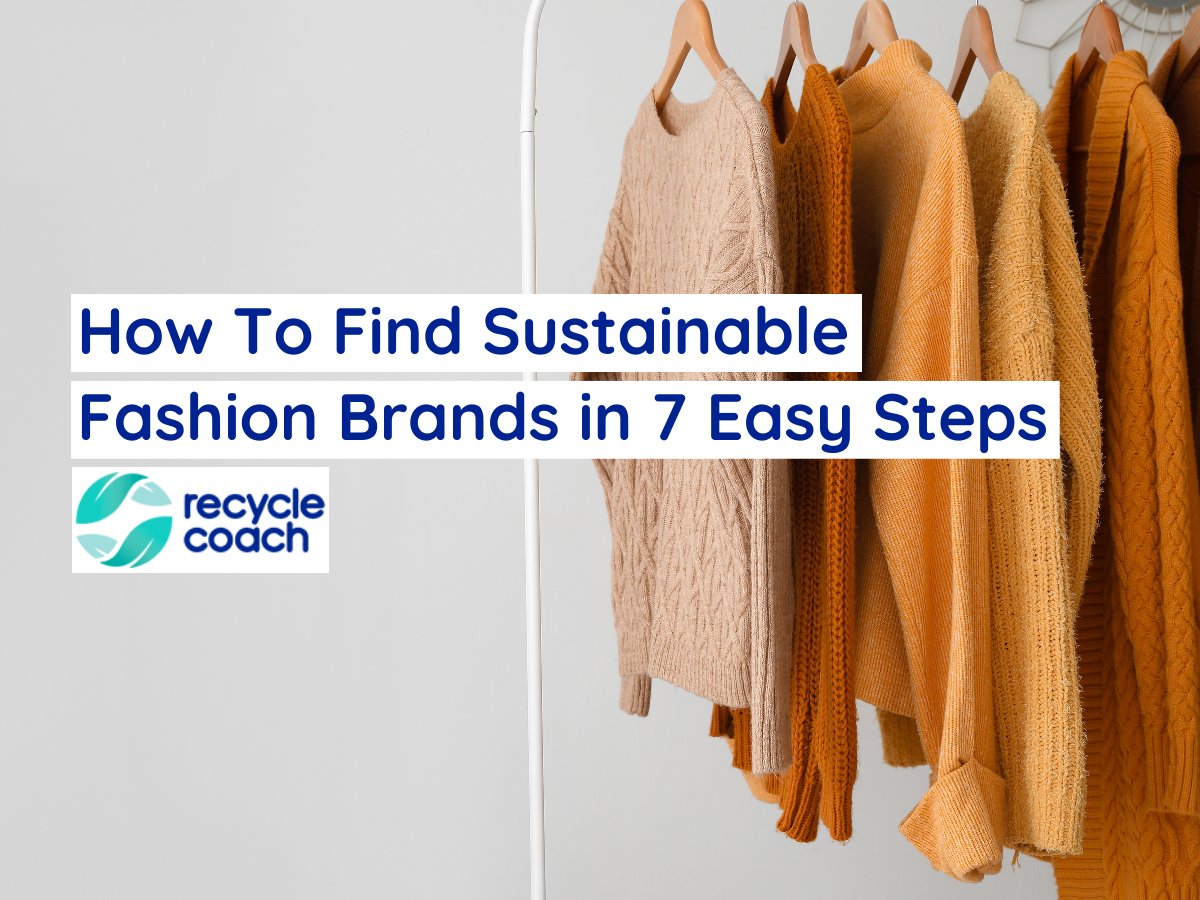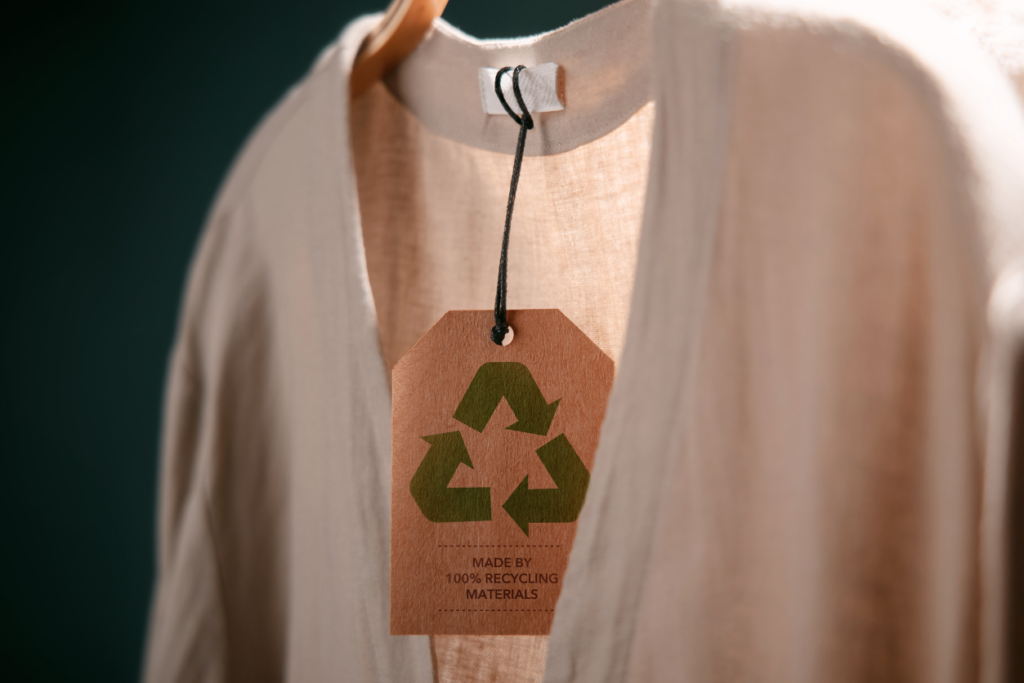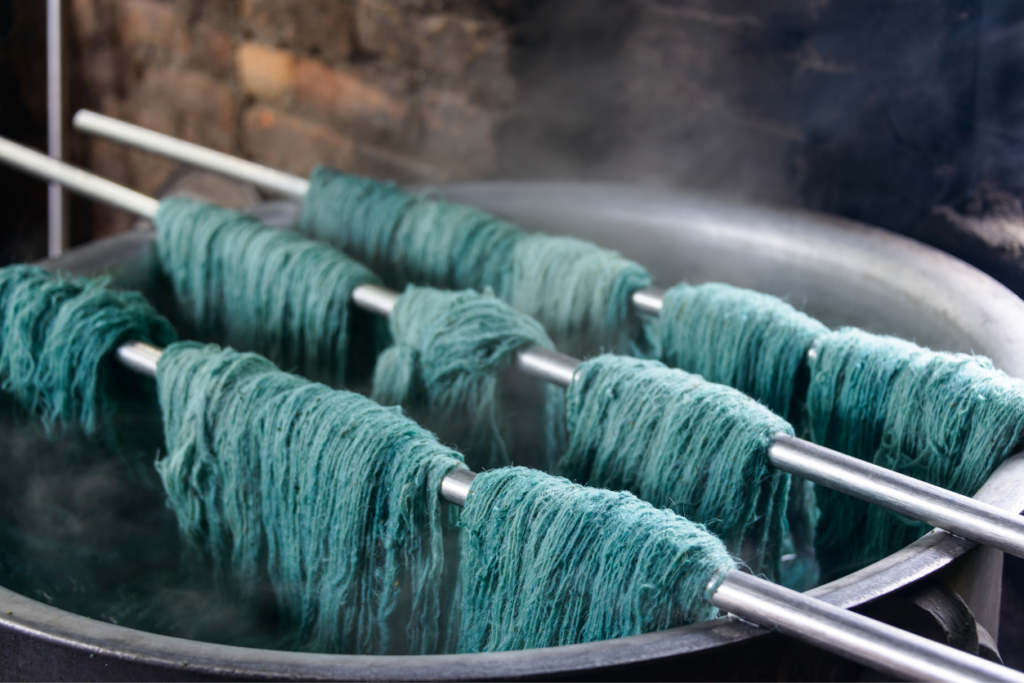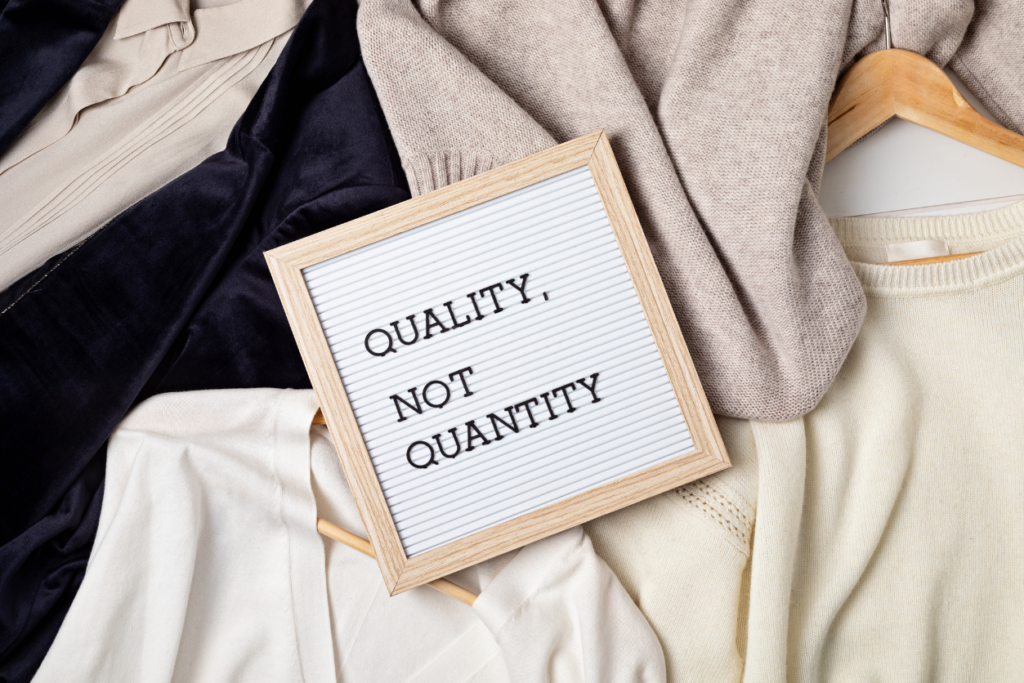How To Find Sustainable Fashion Brands in 7 Easy Steps

Fast fashion is the new norm in the clothing industry, leading to mass production and more devastating environmental effects. In contrast, sustainable fashion focuses on quality above quantity, minding the environment, the workers, and the consumers.
Unfortunately, some companies are taking advantage and falsely marketing their products as sustainable, what the industry calls greenwashing. Although it will take a while for all companies to achieve 100% sustainability, some brands have made massive strides to eliminate fast fashion.
Why Find Sustainable Fashion Brands

Keenly looking at the trends in the fashion world, you will notice that garment quality has changed. The fabrics fade and wear out faster, and consumers must keep buying more to keep up with the latest releases, meaning mass production of disposable items.
It wastes your money and, more importantly, harms the environment. The sector comes second among the highest polluters in the world, after the oil industry. The manufacturers need a lot of water and chemicals to create fabrics, and the companies account for 5-10% of greenhouse gas emissions.
Therefore, choosing sustainability helps in climate justice efforts. Besides, since it means better pay and working conditions for factory workers, it is also an ethical way to go.
How To Find Sustainable Brands

As the demand for ethical clothing increases, companies are pressured to adopt more sustainable practices. However, some are greenwashing consumers, and many fail for it. The following are steps to ensure you only buy from sustainable clothing brands.
- Transparency
Brands nowadays are more transparent with consumers about how their policies align with the green movement. Browsing through their websites will give you an idea of how their products meet ethical requirements.
You can check for red flags like vagueness about where and how they make their clothes. If they have pictures of their workers and are clear about their procedures, they are likely true to their fair trade conditions and overall sustainability.
- Materials
About 60% of clothes today are made of polyester, a fabric that uses a lot of energy emits high levels of CO2, and degrades in almost 200 years. Elastane and polyester may be cheap but less long-lasting than sustainable materials like hemp, Tencel, linen, bamboo, organic wool, and pineapple leather.
These materials take weeks or months to biodegrade, making them better alternatives. You may opt for natural cotton, but note that it is water intensive and usually contains high levels of toxic chemicals.
- Color and dye processes
While checking the brand’s materials, it is also essential to investigate whether their dye and colors are safe. Most of these chemicals are toxic for workers to handle and pollute the water when they seep into waterways.
These processes also require a lot of water; for instance, it takes over 20 000 liters to manufacture a pair of jeans.
- Packaging
Many consumers overlook this aspect, but clothing packaging heavily contributes to emissions. Given the popularity of online shopping, it is no wonder many plastics end up disposed of. You will identify ethical brands if they use recyclable and biodegradable packaging materials.
- Social Responsibility
Many companies give back to society, and one effective way is by caring for the environment and adopting more sustainable policies. Others also participate in charitable works in various parts of the world.
However, note that some of these objectives are greenwashing; to know the difference, check that their programs are active and there is actual data to support them.
- Working conditions
The clothing industry is infamous for the exploitation of workers. Some factories engage in child labor, overwork their employees, pay them below the minimum requirements, and expose them to dangerous working environments.
This aspect is one of the hardest to check because most companies are discrete with such records. However, some brands are more transparent and guarantee excellent working conditions throughout their production processes.
- Certifications
One of the fastest ways to tell whether a sustainable clothing brand is legitimate is by checking if it has certifications. Since customers require transparency, companies aim for green documentation from Fair Trade, GoodWeave, Certified B Corporation, and other standards.
These bodies monitor companies and ensure they treat their workers with dignity, use the right products and manage their wastes properly.
To Sum It Up

Sustainability in the fashion industry ensures that workers are treated fairly and that the planet is cleaner. Companies are bowing to the pressure by changing their policies, but you also have a part to play.
You can promote sustainability by:
- Buying less clothing and opting for alternatives like renting and recycling.
- Only buying from certified sustainable brands.
- Always going for quality over quantity to reduce the demand for fast fashion.
- Buying second-hand will help lower the need to manufacture new clothes.
- Caring for your clothes to wear them for a longer time.
Author Bio
Mariam Simmons is a fashion enthusiast and Content Writer with over a decade of editorial and writing experience. She has worked with various publishers and brands, including Alpine Swiss, Conscious Connection Magazine, Suit Shop, Fashions Finest, and more. Her desire to widen the appeal of issues relating to fashion ethics and to create positive changes in the industry led her to write about fast fashion, sustainability and ethical consumption.